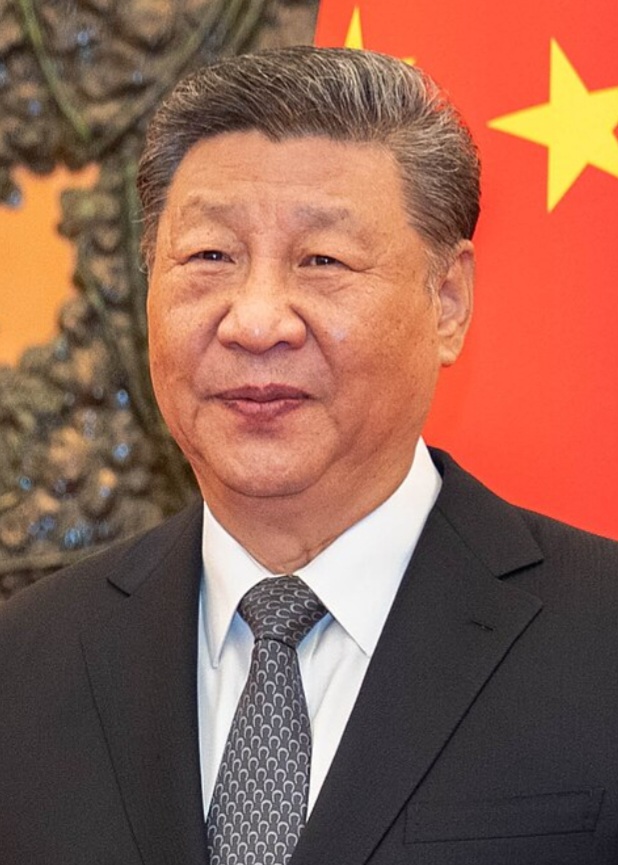By: Prof. Bawa Singh, Anjana VS and Jay Koche

China and the Central Asian Republics (CARs) have signed the Treaty of Permanent Good-Neighbourliness, Friendship, and Cooperation in June 2025. The treaty is considered as a landmark agreement that formalized Beijing’s strategic depth across Eurasia. Literally and linguistically, the treaty emphasized harmony and mutual respect for each other, but its subtext has concealed a deeper ambition i.e., institutionalization of China’s leadership in a region that was long dominated by Russia and contested by the West.
The evolving regional framework that is being dubbed as the “Xi’an Consensus” soon after the inaugural 2023 summit in Xi’an. It marks a shift from transactional diplomacy to a rules-based, multilateral architecture covering infrastructure, security, and soft power. It is being perceived as China’s most ambitious attempt, yet to reshape the regional norms and embed its influence through legal, economic, and cultural means.
Strategic Depth
China has been emerging as hegemon in in the economic region architecture. The China–Central Asia trade had reached to a phenomenal record level to the amount of US$ 94.8 billion in 2024, from just US$ 460 million in 1992. In the just first five months of 2025 alone, China and Central Asia trade surged to the amount of US$ 39.8 billion, with Kazakhstan accounting for nearly half. Concomitantly, the Belt and Road Initiative (BRI) has transformed the region from a post-Soviet periphery into a Chinese backyard and logistical artery, linking China to Europe. Chinese direct investment stock in Central Asia reached to the amount of US$ 17 billion in 2024. The investment is growing with a focus on critical minerals and green energy. The same further strengthened by projects like the China–Kyrgyzstan–Uzbekistan railway, which broke ground in December 2024 and anticipated that it would cut freight time to Europe by 10 days.
The Treaty of Permanent Good-Neighbourliness, Friendship, and Cooperation (2025) has institutionalized s the BRI through the legally binding multilateralism. The treaty has offered to China a regulatory anchor and geopolitical firewall. It includes clauses on non-interference, dispute resolution, and security cooperation, reducing risks of instability that could derail infrastructure corridors. China has expanded its geostrategic footprints by some measures like joint counterterrorism drills with Tajikistan and security assistance to Kyrgyzstan. These measures signal a quiet entrenchment into domains, which were once dominated by Russia. The establishment of China–Central Asia Secretariat in 2023, now the same has been coordinating the regional multilateral engagements with China covering the trade, education, and climate resilience.
Debt, Distrust, and Strategic Exclusivity
Without an iota of doubt, geostrategic footprints of China have been phenomenally growing in the Central Asian region. On the contrary, yet the Xi’an Consensus is not without challenges, contradictions and criticism. The critics have been highlighting the Chinese debt-trap diplomacy in Kyrgyzstan and Tajikistan. In these countries, the Chinese debt accounts for 40% and 27% of GDP respectively. Concurrently, the environmental concerns are spreading their tentacles. The BRI projects often bypassing and ignoring the environmental safeguards and exacerbating ecological stresses. Public discontentment is also growing. The protests against the Chinese investment and projects are frequent, especially in Kazakhstan and Kyrgyzstan due to local distrust stemming from land loss, labour practices, and opaque governance. Critics argue that Article 3 of the China–Central Asia Treaty may strategically exclude Central Asian states from alliances like Westerns Alliances limiting their foreign policy flexibility. While this framed as non-alignment, but the analysts warned it as a China-centric regional framework.
Moreover, compared to other external powers, China has emerged as the dominant external actor in Central Asia, with trade reaching a record US$ 94.8 billion in 2024, as compared to Russia (US$ 18–20 billion) the EU (US$ 15–17 billion) and the US (US$ 5–6 billion). Similarly, China is sharing strong connectivity through projects like the China–Kyrgyzstan–Uzbekistan railway and the Khorgos dry port. China’s strategic influence has institutionalized through the China–Central Asia Secretariat and the Xi’an Consensus. Although,Moscow retaining the cultural and linguistic influences, but its economic and strategic primacy have been shrinking. Some analysts at CEPA and CNAS highlighted that that Russia has learned to accept and accommodate China’s rise in the region.
Realizing the geopolitical and geostrategic concerns, the Central Asian countries also have not been remained passive. The CARs are pursuing multi-vector diplomacy, engaging with major external powers such as the India, US, EU, Japan etc.
At last, it is argued that the Xi’an Consensus is not a formal alliance, rather it’s a blueprint. China has been expanding its geostrategic tentacles through the connectivity, diplomacy, debt, infrastructure, and soft power means. China has embedded into the multi-dimensional fabric of Central Asia. China’s these strengths proving to be hedges against Russian security, historical and cultural influences. On the other hand, it’s a mix of opportunities and constraints for the CARs. Concomitantly, it is a reminder for Russia that its multilateral influences and CARs as backyard, once for always cannot be taken for granted, rather, now it must be revisited and reframed. Thus, new Eurasian order is emerging with the Chinese influence gaining and waning Russian with zero sum and positive sum game, being built, bargained, and quietly signed into permanence.


A depth level analysis .Great☺️
Great read